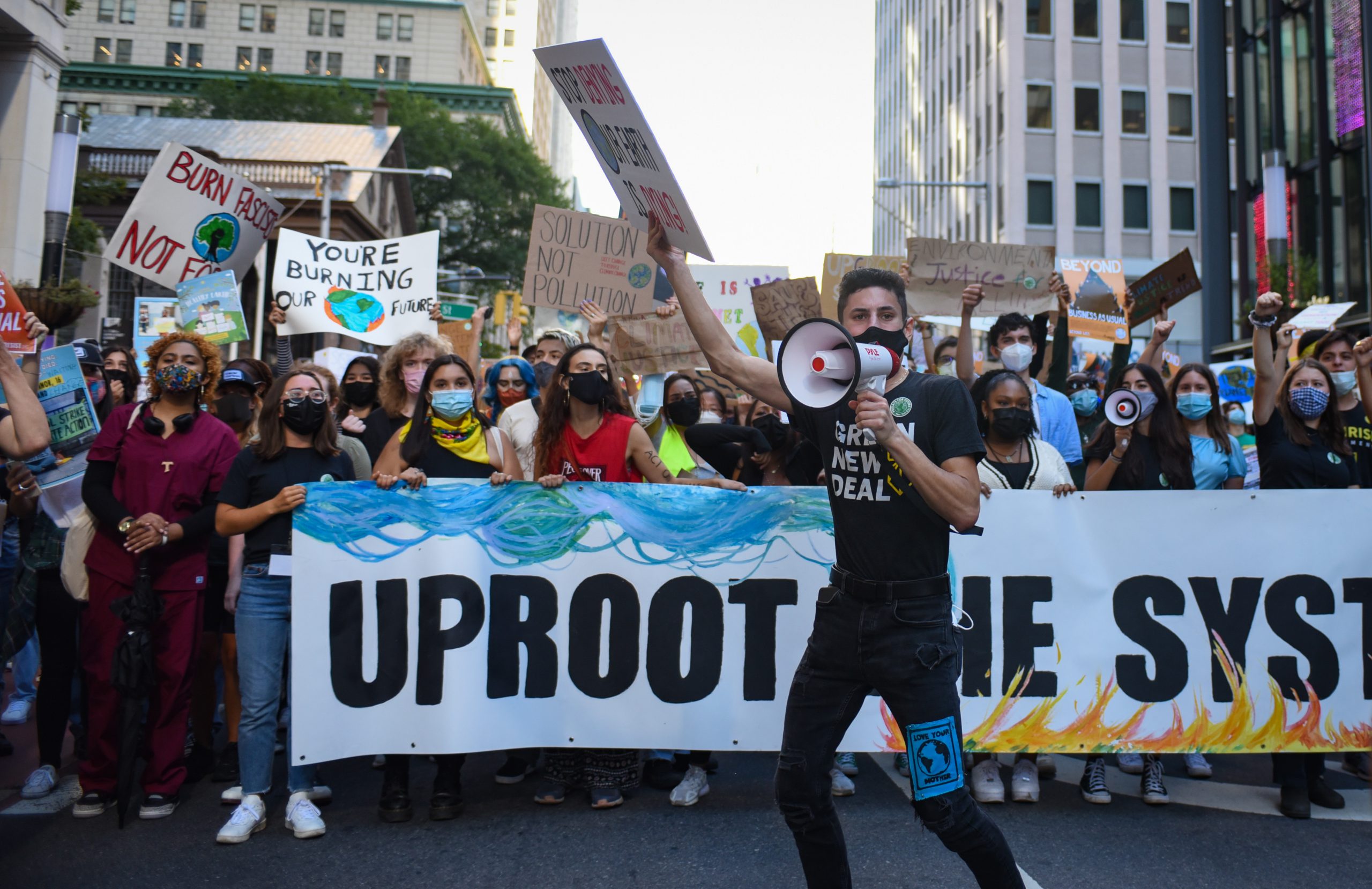
Protests and movements for social change have always been part of human history. Technology and technological advancements have helped in the spread of ideas and the impact of movements throughout human history. In this post, I explore the ways two activists of different eras recognized the potential for technology to further their cause within a network of users, and how innovation in technology contributed to their social movement outcomes. This is part one of a two-part series.
Technology, whether digital or non-digital cannot aid the progress of social movements without the human element. It takes people seeing opportunity in the capabilities of technology, working together, and using technology in creative and experimental ways to enhance their efforts to achieve outcomes in social movements.
In the 1500s, Martin Luther, professor of theology at the University of Wittenberg, Germany, an author, and a priest challenged the authority of the Catholic Church of the Holy Roman Empire by disputing common beliefs on the sale of indulgences, purgatory, repentance, and papal authority. He wrote the 95 Theses of 1517, a document listing his positions against these beliefs and practices which he said extorted money from poor believers through the sale of indulgences and prevented Christians from engaging in a genuine repentance of sins and an honest relationship with God as taught by Jesus Christ.
In addition to inviting clergy and scholars to a formal debate on the issues, he also published and circulated copies of his 95 Theses. The authorities’ reaction to Luther created an arena of debate and controversy which fueled the Reformation. While early critics within the church were first scandalized and then alarmed by Luther’s blatant courting of a broad public through printed tracts and sermons, Luther’s speedy recognition of the power of the printed word to carry on his fight with the papacy and articulate his theological precepts furthered his cause as a reformer. (Pettegree and Hall, Reformation and the Book: A Reconsideration, 2004 p.785)
However, for Luther’s ideas to spread throughout Germany and beyond, he needed a complex infrastructure of printers, business entrepreneurs, investors, artisans, typesetters, pressmen, proofreaders, type founders, papermakers, merchants, booksellers, bookbinders, boatmen, hauliers, and travelling salesmen…to spread the Reformation messages to new readers. (Pettegree and Hall “Reformation and the Book: A Reconsideration ” p. 786-788).
Since the first recorded improvements in Gutenberg’s printing press were made by William Jensen Blaew, a printer of Amsterdam, some time about 1620 (Robert Hoe, A Short History of The Printing Press, 1902), it is printers’ use of…the relatively new form of the pamphlet to meet demand for Luther’s sermons and speeches in the first decade of his reformation movement that contributed to…first creating public interest in the controversies surrounding Luther, then…moulding a coherent movement that looked to the Wittenberg reformer for inspiration and leadership. (Pettegree and Hall “Reformation and the Book: A Reconsideration ” p.787). Without a network of people who knew innovative ways to use the communication technology of his time to produce and distribute his content, Luther’s ideas might not have spread as far as it did.
A similar pattern can be seen in Tim Jenkin’s series of articles on Operation Vula published in the African National Congress’ (ANC) monthly journal, Mayibuye, in 1995. Jenkin tells the story of how the ANC in its armed struggle against the apartheid regime of South Africa went through a period of soul searching, wondering why there was little to show for the years of struggle.
The ANC had been officially banned in 1960 as part of the apartheid government’s crackdown on Black political opposition. Some of the organization’s leaders, including Nelson Mandela, had been…sentenced to prison in 1964; and the remaining ANC leaders went into exile. Intensive police surveillance severely curtailed the ANC’s anti-apartheid campaign inside South Africa. Operation Vula, was how the ANC successfully established an underground network of operatives and secret communication channels within South Africa and abroad (Garrett & Edwards, 2007, p.13 & 14).
According to Jenkin (1995), mass resistance had reached unprecedented levels. This was attributed to the courageous work of ANC activists. However, the ANC could not legitimately claim to be the leading force behind the mass struggles. Jenkin, an ANC activist who escaped from prison in 1979 and ended up in London to train ANC operatives for underground work in armed resistance identified the main problem in the anti-apartheid movement during the years of armed struggle as poor communications. Contact between ANC activists in South Africa and their leaders in exile was a cumbersome, tiresome process of manually enciphering and decoding secret encrypted messages by hand; and it took so much effort and time to say so little that most activists avoided the process.
The predominant neoliberalist paradigm in international development circles in the 1980s and early 1990s saw a freer flow of technology in the world…(Heeks, 2017, p. 19). When personal computers became affordable in the 1980s, Jenkins, who was seeking new ways of effective secret communication found them to be what he needed to improve the ANC’s underground communications in the movement.
Computers weren’t in popular use in the 80s as they are today. Personal computers, for example, were widely regarded as hobbyist toys by computer industry leaders of the mid-1970s—and they were, at first (Campbell-Kelly & Aspray, 1996 ref. in Garrett & Edwards, 2007, p.17). Within a few years, however, steady improvements in processor power, memory capacity, and operating systems made them serious tools (Garrett & Edwards, 2007, p.17).
In his article, Seeking new ways, Jenkin states, A computer, I read, was eminently suitable for boring, repetitive tasks – and that’s what we had on our hands. The purchase of our first computer led to a revolution in our communications that ultimately made possible operations such as Vula. The speed and ease with which the computer enciphered and deciphered messages allowed what took hours to now take only minutes to complete.
The problem of repetition and boredom had been solved. For Jenkin, advancements in the personal computer offered the promise of efficiency in the process of encrypting and decoding messages for secret communications within his activist circles, and the opportunity to develop the technical skills needed to create an electronic communications system for the anti-apartheid movement. Jenkin recognized the power of the computer to solve the problem of enciphering and deciphering messages by hand and to also establish a secret communication network between ANC activists, exiled leaders, and supporters around the world; but it will take about four years (1984-1988) for Jenkins and his colleagues to launch the secret communications network of Operation Vula.
An activist’s direct or indirect use of technology to further their cause can be determined by their knowledge of the technology’s existence and its use. If an individual does not know how to use a new technology or does not realize that it exists, whatever capacities it affords are out of reach (Garrett & Edwards, 2007, p.18).
Continued in the 2nd part…in the mean time, I’d love to hear your thoughts! Cheers!

